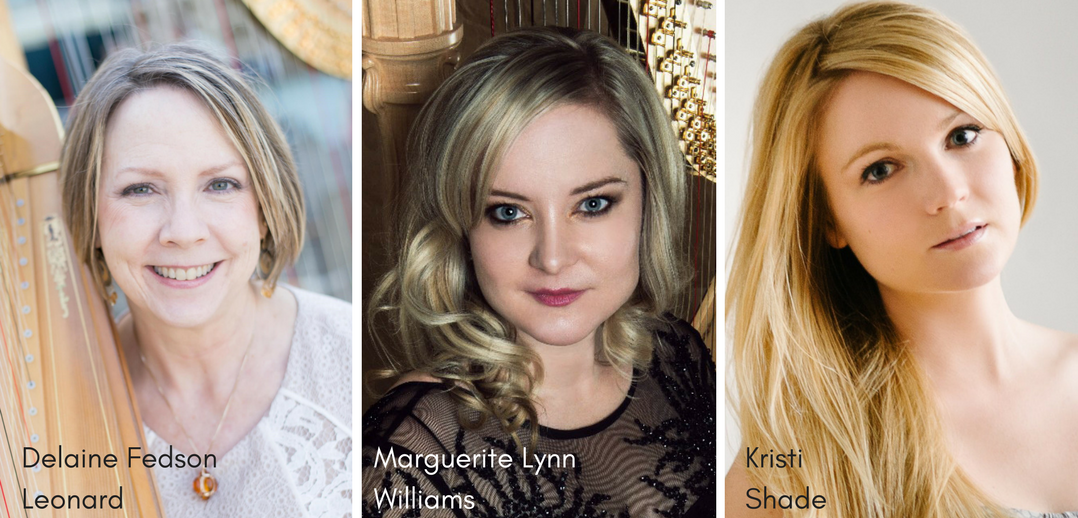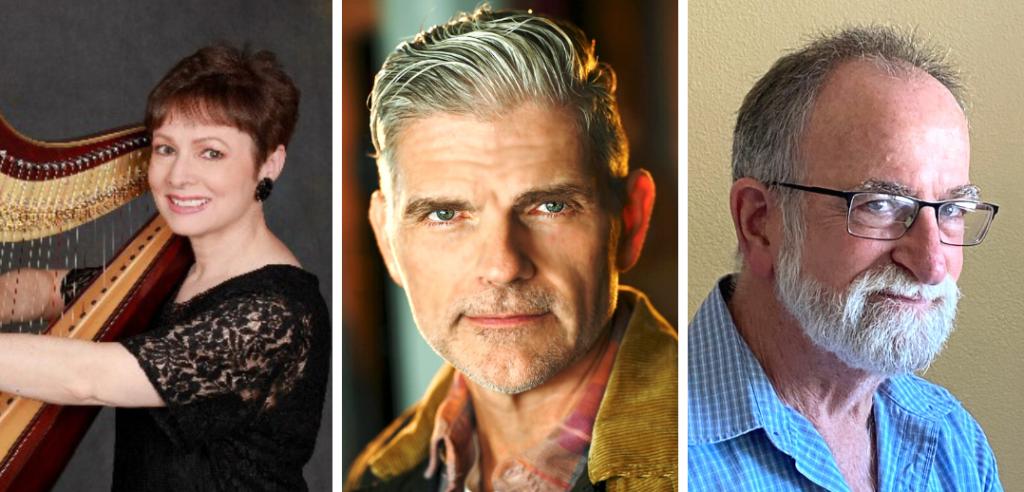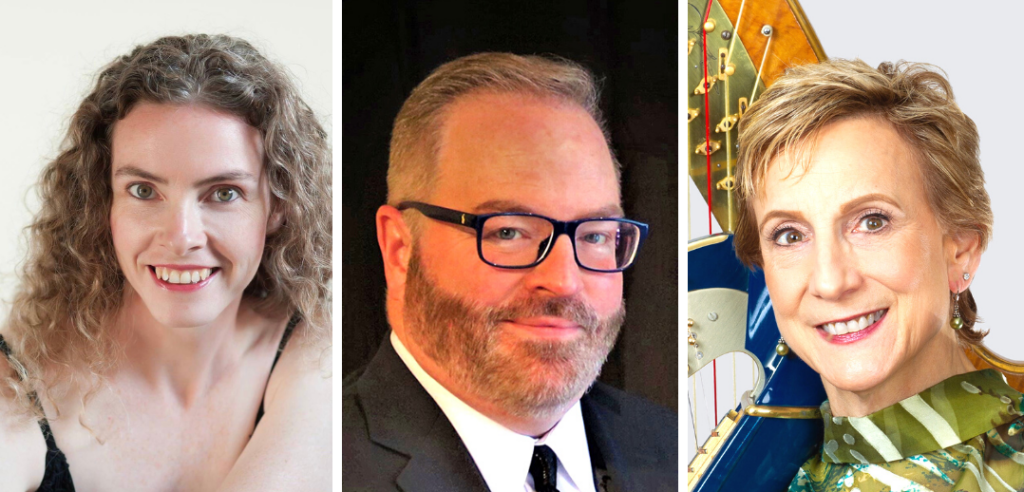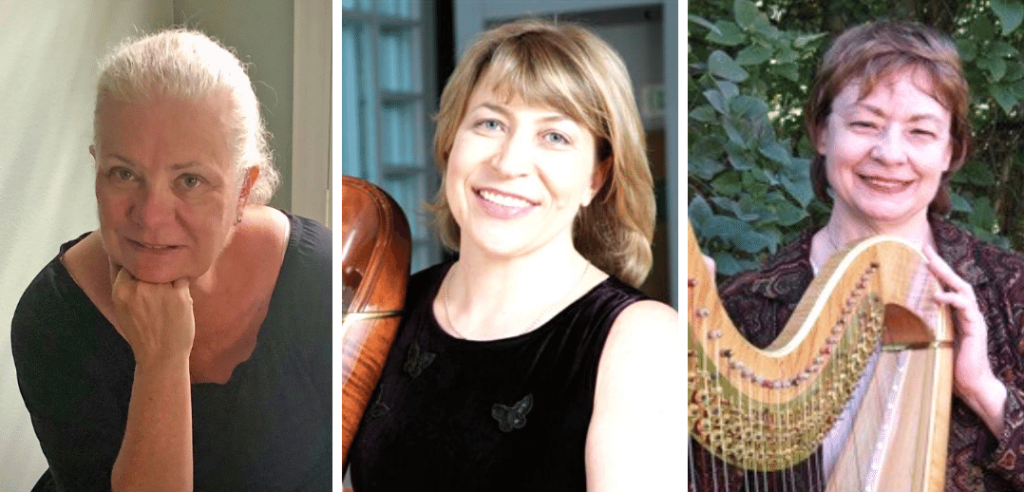Creating a successful chamber ensemble is about so much more than just playing the music. I’ve had long term collaborations in duos, quartets, and a full-fledged nonprofit chamber ensemble. For me, the key ingredient is communication—about musical issues and the ensemble’s brand, mission, finances, and decision-making structure. When those communication issues are clear, creating music can be the group’s focus. Does your ensemble run by consensus, or is there a clear leader who has the final say? This influences how you approach the collaborative musical process and all of the ensemble’s business affairs.
Does your group have a memo of understanding, or are you governed by an LLC or a partnership agreement? What happens if a member leaves or is asked to leave the group? Have you identified your target audience? Will you hire an outside booking agent or pay one of your members to book you? What are your group’s needs at each performance venue? These become riders in your contract. How do you style your group for photo, video, and performance? Taking care of these nitty gritty issues right away is what allows us to put our audience’s experience first.
—Delaine Fedson Leonard is senior lecturer at the Butler School of Music, a Suzuki Harp Teacher Trainer, and has more than 30 years of experience in chamber music, opera, and orchestral playing.
Establishing a successful chamber ensemble means more than simply playing beautiful music with friends. To start, you will need to ask yourself some very important questions. What type of ensemble do you want to be a part of? What instrumentation? What genre of music? What is the general purpose of the ensemble? What sort of commitment will be required of its members? Is this for fun, or is it a professional endeavor? How will you organize yourself legally? Who will be the members? Developing a handbook with the ensemble’s basic structure, expectations, and goals is an excellent idea.
Like any relationship, starting out with some things in common such as style similarities and experience level is helpful. Research music available, and go for it! A chamber ensemble is a constantly changing entity. You must have good communication skills, be flexible, humble, committed, and willing to hear everyone’s ideas, share equally in the workload, and constantly re-evaluate the ensemble. To succeed as an ensemble, there is a seemingly endless list of skills necessary, but the passion behind your desire to perform is absolutely the most important.
—Marguerite Lynn Williams is Founder and executive director of the Chicago Harp Quartet and principal harpist for the Lyric Opera of Chicago.
The key to developing a successful chamber ensemble is finding your niche. Whether that means forming a group with a unique instrumentation, focusing on a certain genre of music, or commissioning new works, it is important to differentiate your ensemble from other groups out there. You want to be able to clearly state a unique mission, one that defines and promotes what you hope to convey to your audiences with your performances. It helps when this uniqueness is also your passion as an ensemble. For my harp duo, Duo Scorpio, it has always been a passion of ours to commission new pieces for the harp duo repertoire and explore and bring attention to existing works for two harps.
It is necessary to be diligent about sustaining a high level of performance and commitment from all members. So much about the success of the group comes from the connectivity of the performers. Chamber music is such an intimate form of ensemble music (for the players and the audience!) and the ensemble needs to remain extremely close musically and personally to maintain longevity. •
—Kristi Shade is a freelance harpist and one half of the harp duo, Duo Scorpio















